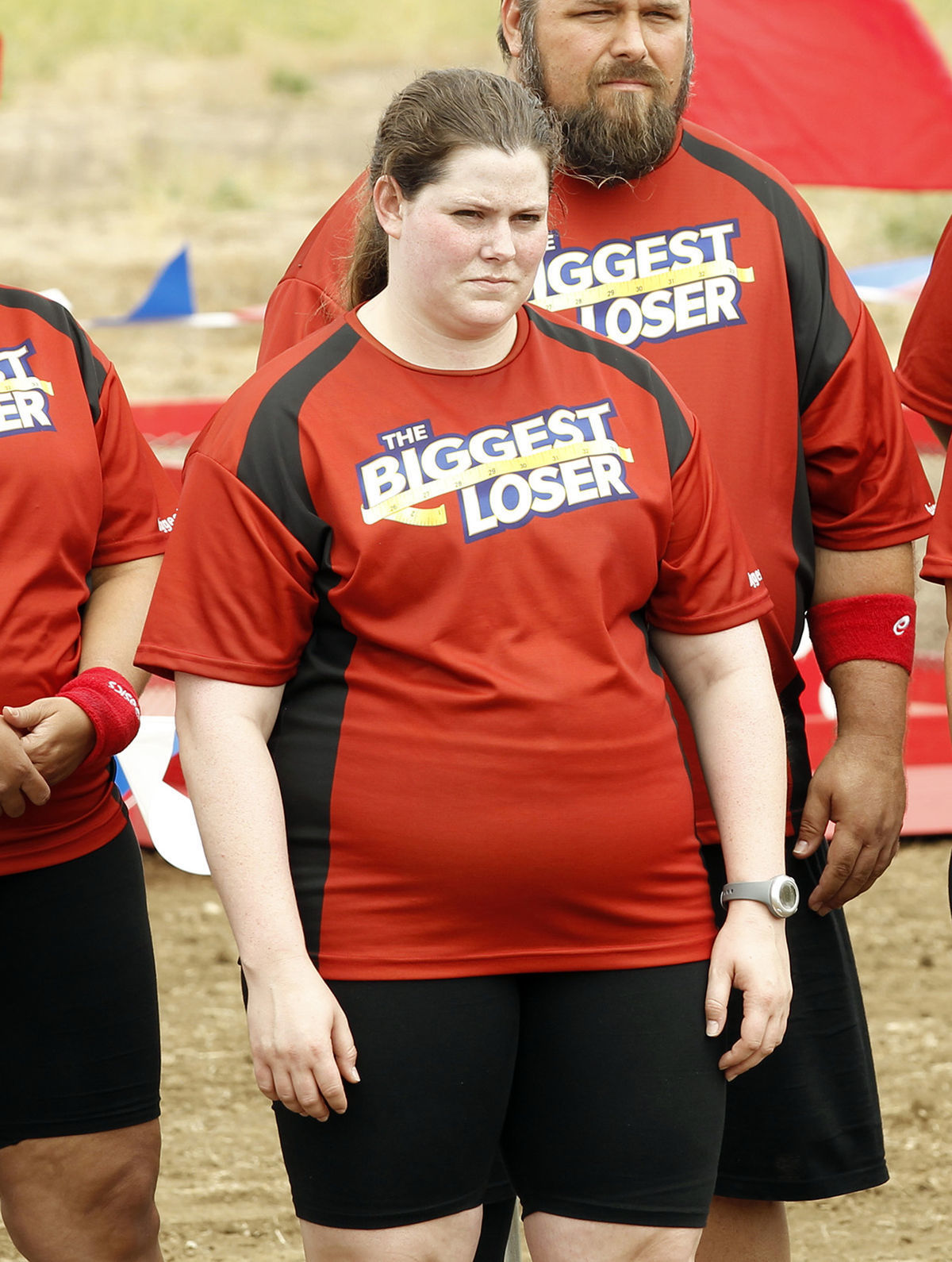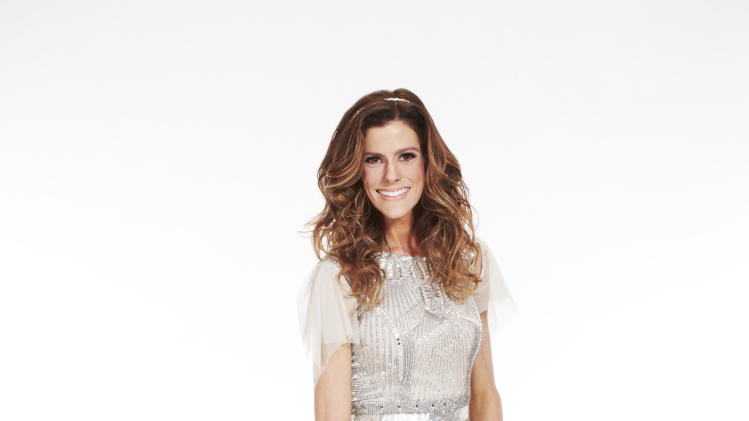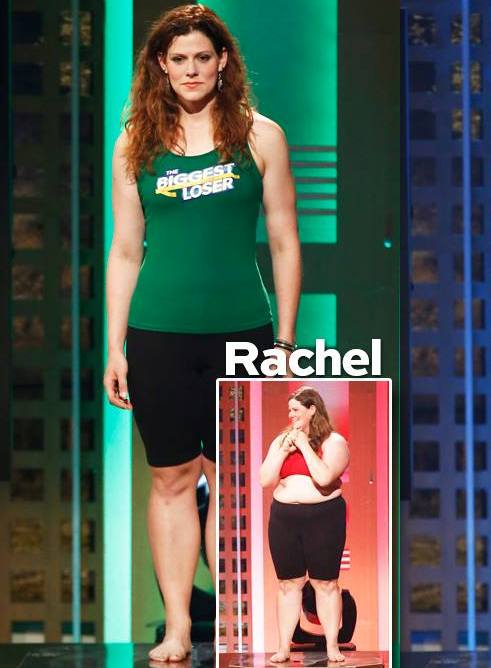Chia Seeds- 10 Benefits
1. Lose Weight Without Starving
The
Chia Seed is a dieter’s dream come true. The tiny, healthy seeds can be
made to taste like whatever you want, and their unique gelling action
keeps you feeling full for hours. Hunger is a main enemy of real weight
loss, and you don’t want to fight it with jittery expensive pills. When a
chia seed is exposed to water, it forms a coating of gel, increasing
its size and weight. Since the gel made of water, it has no calories.
It’s also difficult to remove from the seed, meaning that it helps your
body think it is full, without adding calories!
2. Balance Blood Sugar
Keeping
balanced levels of blood sugar is important for both health and energy.
Blood sugar may spike after meals, especially if you eat high-starchy
foods or sweets. This can lead to ‘slumps’ in your day where you feel
tired and out of energy. By balancing your blood sugar, you not only
lower your risk for type 2 diabetes, but you also ensure steady,
constant energy throughout your day. But how does the Chia Seed help
with this? Both the gelling action of the seed, and it’s unique
combination of soluble and insoluble fibre combine to slow down your
body’s conversion of starches into sugars. If you eat chia with a meal,
it will help you turn your food into constant, steady energy rather than
a series of ups and downs that wear you out.
3. Help Prevent Diverticulitis / Diverticulosis
With
all the over-processed foods like white flour on the market today, rich
sources of fiber are needed. These foods of convenience have
contributed to the rise of diverticulitis. Irregularity is a big factor
in this risky condition. To help ensure regularity, you need plenty of
soluble and insoluble fiber in your diet. If you don’t want to eat
celery, and whole-grain everything…or piles of bran flakes, the Chia
Seed is here to help. Each seed is coated with soluble fibers which aid
its gelling action. The exterior of the seed is protected by insoluble
fibre. The insoluble fiber is unable to be digested (it does not
contribute any calories, or break down) so instead, it helps keep food
moving smoothly through the digestive process. Soluble fiber, and the
gel coating of the seed keeps the colon hydrated and ensures the easy
movement of food.
4.
Add healthy omega-3 oil to your diet Omega-3 oil is usually thought of
as “that healthy stuff in fish”. But, what if you don’t want to eat fish
every day? What if you’re a vegetarian, or simply worried about
pollution adding harmful substances to your fish dinner? Chia is the
richest plant-source of this healthy oil. By weight, chia contains more
omega 3 than salmon, and it still tastes like whatever you want! Omega 3
oil is important in heart and cholesterol health. It’s also recently
been targeted as a weight-loss helper. USA Weekend magazine also reports
on a study where overweight dieters who included omega 3s in their
eating plan lost 2 more pounds monthly than the control group, who did
not.
5.
Feel more energized all day long. Don’t want to feel like taking an
afternoon nap? Your energy levels have a lot to do with what you eat.
Chia is one of nature’s highest plant-based sources of complete protein.
Usually protein from items like peanut butter and some beans are
incomplete, meaning you have to combine them with other foods to get the
full benefit. Not Chia though, it’s protein is complete to raise your
energy levels. The combination of complete protein, vitamins, minerals
and blood-sugar balancing gel all work together to make sure you have
steady, never jittery energy.
6. Bake with less fat
Do
you enjoy making baked goods at home, but hate all the butter and oil
that has to go into them? Chia gel can substitute for half the butter in
most recipes! The food will bake the same and taste the same (or
better) from the addition of the chia gel. All you need to do is divide
the amount of butter or oil in half, and then use the same amount of
chia gel to fill in. The anti-oxidants in chia can even help keep the
food tasting fresh longer. Everything from cookies to cakes to muffins,
pancakes and waffles can be made with chia gel as your butter
replacement. Which recipe will become your new favorite?
7. Add age-defying anti-oxidants
Anti-oxidants
have been in the news lately due to their super healthy benefits. You
know that blueberries and several exotic fruits (that aren’t always in
season) have them, but did you know that chia is extremely high in
anti-oxidants too? These helpful substances are what makes the Chia Seed
stay fresh for so long. At room temperature, they’ll stay fresh and
ready to eat for over two whole years! And that’s all without a single
chemical or preservative. This amazing ability is not found in other
seeds like flax or sesame, because those seeds don’t have the same rich
anti-oxidant content.
Anti-oxidants
help prevent free-radical damage in your body. Free radicals lead to
problematic conditions such as premature aging of the skin and
inflammation of various tissues. Fight free radical damage by staying
fresh and healthy with nature’s anti-oxidant powerhouse
8. Cut cravings for food
Being
deficient in minerals or vitamins can create a craving for food. For
example, if you’re low on calcium, you may feel compelled to eat lots of
cheese and ice cream. This happens because your body knows that cheese
is a source of calcium, and it hasn’t been getting enough. But what if
dairy and whole milk are a “Diet don’t”? You can always add calcium to
your food by sprinkling on the chia. By weight, chia has more calcium
than whole milk. It also has magnesium and boron, essential trace
minerals used in the absorption of calcium and other vitamins. By
balancing your vitamins and minerals with chia, you can curb cravings
that might tempt you.
9. You can pack in more flavorful punch
How
can a seed with NO flavor help the foods you already like to taste
better? First, because they have no taste of their own, chia seeds will
never cover up or add to the flavor of your food. Second, when the seeds
hydrate, they magnify the taste of whatever they were added to. Put
them in pudding? Chocolaty! Swirl them into a smoothie? Fruity! The same
thing goes with dressings, dips, salsas, sauces and more. These two
factors combine to let chia seeds take on the taste of whatever you add
them to. They distribute and never dilute, the flavors you love.
10. Save your money
Why
should eating less cost you more? You already know diet pills are
expensive, and ‘box meal plans’ can run up to $500.00 a month. If you’re
buying ‘calorie counting packs’ or other individual portions in the
store, you can also end up paying more because more preparation and
materials go into these foods. More than enough chia for 1 month costs
less than a dollar a day. You can use as much or as little as you want
to achieve your own desired results. There are no preparations required
for these simple seeds, not even pesticides need to be used to grow
them. They’re always safe and 100% chemical free. A measuring spoon is
all you’ll need when you’re ready to take advantage of chia for
yourself. It doesn’t get any easier or more inexpensive.











